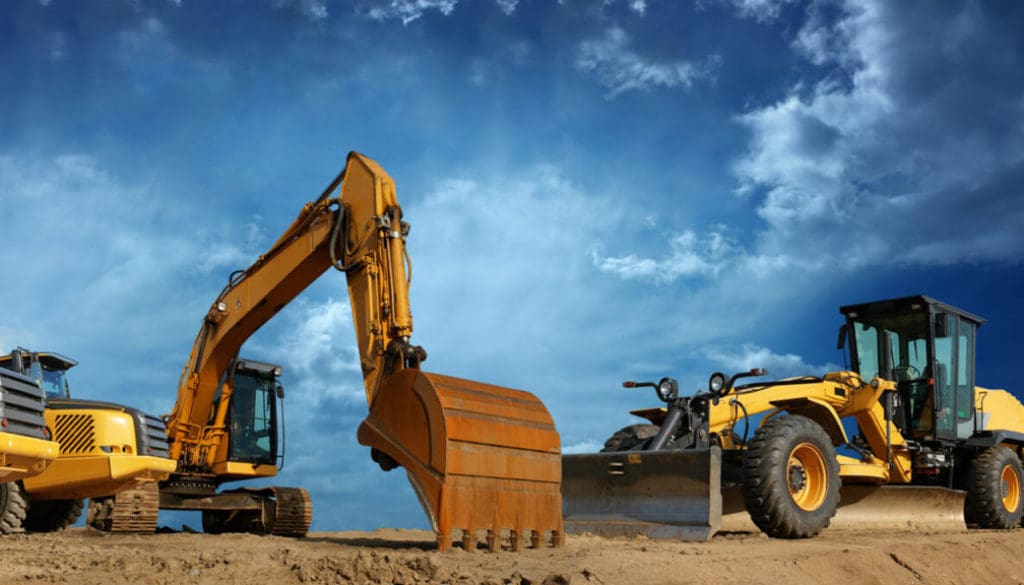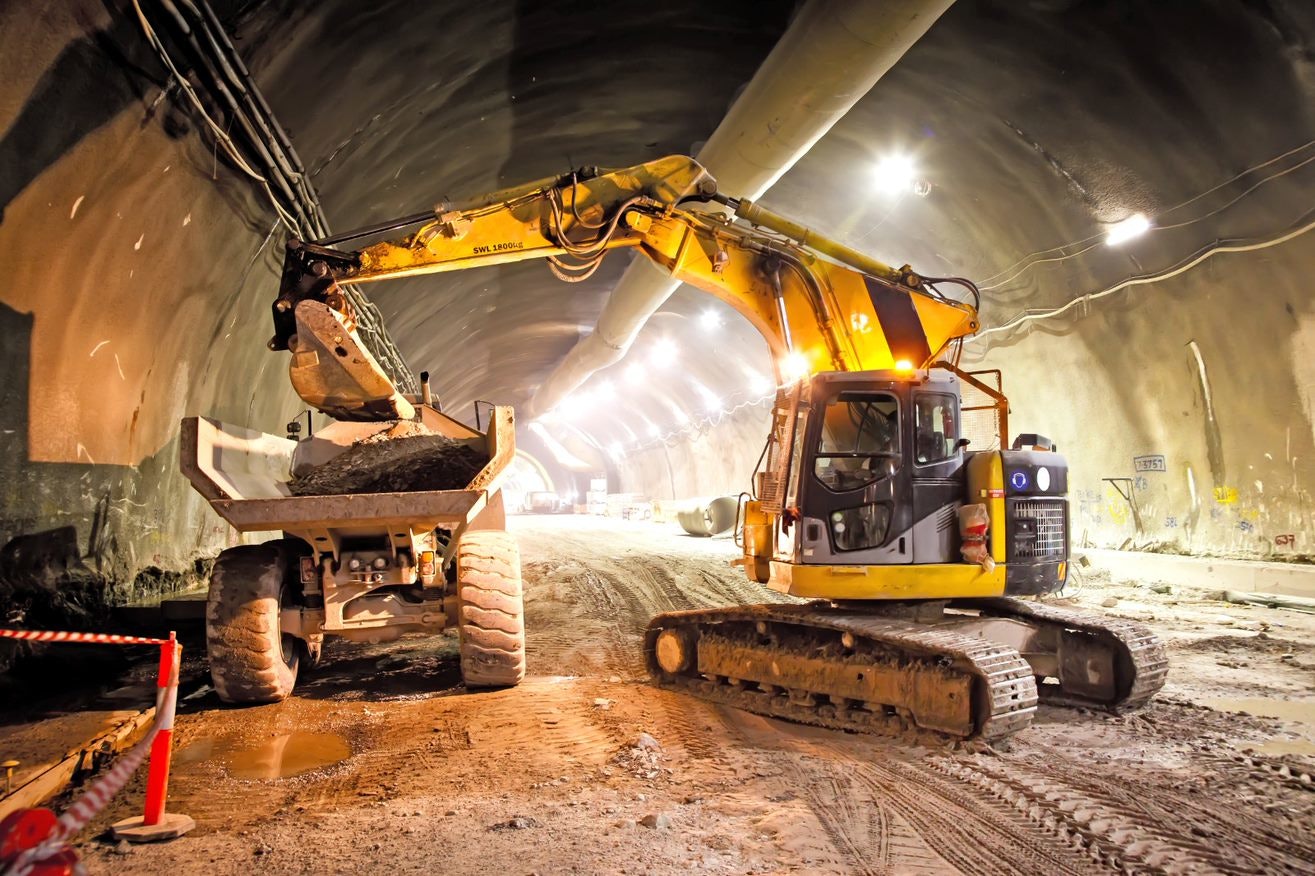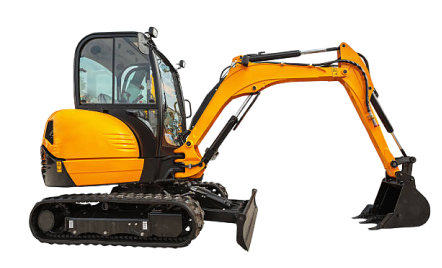Efficient Scissor Lift Rental Bremen, GA: Perfect for Indoor and Outdoor Jobs
Efficient Scissor Lift Rental Bremen, GA: Perfect for Indoor and Outdoor Jobs
Blog Article
The Basics Overview to Leasing Excavators for Building Projects
Renting out excavators for building jobs is a critical decision that demands a detailed understanding of different factors to guarantee both performance and cost-effectiveness. From choosing the ideal excavator kind and size to making certain and negotiating rental terms safety and security protocols, each action plays a pivotal function in the total success of your project. Understanding these elements not just maximizes productivity but likewise helps in decreasing costs. As you consider the complexities of renting out excavators, it's vital to realize the subtleties that can significantly impact your job. What are these nuances, and exactly how can they affect your building outcomes?
Kinds Of Excavators
Excavators are available in numerous types, each designed to do certain jobs in construction tasks. One of the most typical type is the conventional excavator, also referred to as a crawler excavator, which is ubiquitous on most job websites for its convenience in excavating, trenching, and material handling. These machines operate tracks, giving stability and wheelchair over uneven terrain.
One more important variant is the mini excavator, treasured for its compact size and dexterity. Ideal for small to medium-sized projects, mini excavators master restricted spaces where larger devices would struggle. They are regularly utilized for landscape design, energy job, and small-scale demolition.
For tasks needing prolonged reach, the long-reach excavator is crucial. Equipped with a longer boom and arm, these makers can function in locations that are challenging to access, such as throughout water bodies or deep excavations.
Lastly, there are specific excavators like the suction excavator, which uses high-powered fans to vacuum up soil and particles, making it perfect for fragile underground utilities. The dragline excavator, an additional specialized kind, is typically utilized in large-scale civil engineering projects like canal dredging and mining due to its ability to raise heavy tons over lengthy ranges.
Selecting the Right Size
Selecting the proper dimension of an excavator is critical for the performance and success of any type of building task. The dimension affects not only the equipment's ability to take care of details jobs however also the functional expenses and website access. Excavators are available in different sizes, from compact units suitable for small household jobs to large machines designed for considerable business or commercial undertakings.
When making a decision on the excavator size,Understanding the scope of the task is necessary. For restricted spaces or jobs calling for accuracy, such as trenching for utility lines, a small or portable excavator is suitable. These devices provide dexterity and ease of ability to move without jeopardizing on power. Conversely, large earthmoving operations, like roadway building or huge foundation digs, demand using large or typical excavators. These designs supply improved reach, better container ability, and exceptional excavating force.
Think about the site's surface and access points. Bigger excavators might encounter challenges in irregular or tight areas, making smaller sized designs extra functional. By thoroughly examining these factors, building supervisors can ensure they choose an excavator dimension that maximizes productivity and minimizes job hold-ups.
Rental Contract Basics

Similarly crucial is the thorough failure of prices. This consists of the day-to-day, once a week, or month-to-month rental prices, and any kind of extra charges such as cleaning, fuel, or distribution costs. It's suggested to make inquiries concerning prospective penalties for late returns or damages to stay clear of unanticipated costs.
The condition of the excavator at the time of rental should also be well-documented. Make certain the contract includes an extensive evaluation report that keeps in mind any type of pre-existing damage. This protects you from responsibility look these up for problems that see this site existed prior to your rental period began.
Insurance policy protection is another critical component. Verify whether the rental firm supplies insurance coverage or if you require to protect your own plan. Finally, recognize the terms for devices repair and maintenance. Knowing your duties for upkeep throughout the rental period will certainly help keep the excavator in optimal functioning condition, decreasing downtime and improving project effectiveness.
Maintenance and Safety And Security Tips
When taking care of excavators on a building and construction website, sticking to correct upkeep and security procedures is vital for making certain both functional performance and employee security. Lubing moving parts and making certain fluid degrees are optimum can stop expensive downtime and prolong the device's operational life-span.
Operators must be thoroughly educated and certified to take care of excavators, comprehending the equipment's controls and restrictions. It's necessary to conduct everyday inspections, concentrating on safety and security functions such as alarm systems, seatbelts, and emergency shutoff switches over.
Executing a durable upkeep routine and cultivating a culture of safety and security can reduce dangers significantly. Always consult the producer's guidebook for specific maintenance periods and safety and security guidelines. By prioritizing these elements, building and construction projects can proceed smoothly, lessening disturbances and guaranteeing a risk-free working atmosphere for all employees this involved.
Cost-Saving Techniques
When leasing excavators for construction projects,Efficient cost-saving approaches are critical for taking full advantage of the return on investment. One vital technique is to conduct a thorough requirements analysis prior to leasing. Recognizing the details needs of your task assists in picking the right type and size of excavator, stopping unnecessary expenditures on excessively specialized or oversized tools.
Many rental companies supply versatile rates structures, particularly for long-lasting leasings. Developing a good partnership with the rental service provider can also result in loyalty price cuts and much better terms.

Lastly, take into consideration the complete price of ownership, including fuel, transport, and insurance coverage. Bundling these services with the rental agreement can usually cause a more positive general package. By applying these approaches, building and construction tasks can attain substantial expense effectiveness while making certain operational performance.
Final Thought
In final thought, the calculated option and rental of excavators for building and construction tasks necessitate an extensive understanding of excavator kinds, proper sizing, and the details of rental contracts. Executing cost-saving strategies through precise preparation and arrangement can further enhance job performance while managing expenditures.
From picking the suitable excavator type and dimension to making sure and negotiating rental terms safety and security procedures, each action plays a crucial function in the general success of your job. scissor lift rental Bremen GA. The most usual type is the typical excavator, also known as a crawler excavator, which is common on the majority of job websites for its adaptability in material, digging, and trenching handling. By extensively reviewing these elements, construction managers can ensure they select an excavator size that maximizes productivity and minimizes job delays

Knowing your duties for upkeep during the rental duration will certainly help maintain the excavator in optimum working problem, reducing downtime and enhancing project efficiency.
In conclusion, the tactical selection and rental of excavators for construction tasks demand a comprehensive understanding of excavator kinds, appropriate sizing, and the complexities of rental agreements.
Report this page